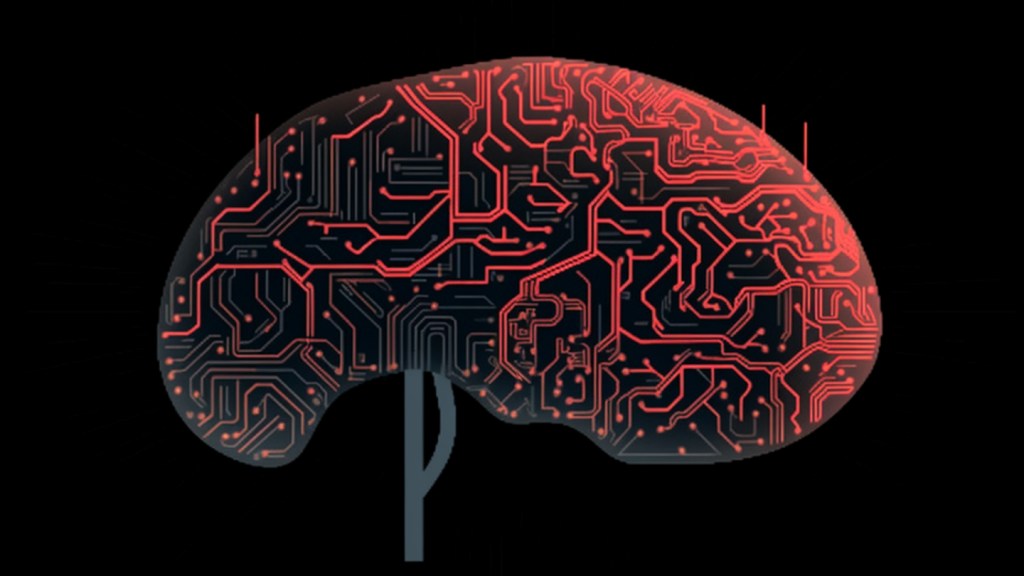Machine Learning is the Future
Note: This post is a part of our series InfoBeans Innovation Day 2019. You can learn about how it all started in our first post here.
While our first technology conference- InfoBeans Innovation Day 2019 turned out to be amazing for all the attendees, we’d like you to be a part of it too. In case you missed the session, we’ve got you covered. With this post, we will share insights about AI/ML technology represented by our Machine Learning team at the conference.
Can you imagine a life where Google, the world’s best search engine, delivers irrelevant search results? Or what it would be like if you stop receiving any friend suggestions on Facebook? Or even worse, would you like to live a life where you don’t have the features of image, voice or text recognition on your smartphones? Well, if it wasn’t for machine learning, all of these things wouldn’t have existed and neither would the tech-savvy world that we live in today.
Lokesh Sharma, a member of our machine learning team initiated the session at our technology summit, InfoBeans Innovation Day 2019, with a few such questions. Even though the phenomenon of machine learning is comparatively new, it plays a very important role in our day-to-day lives by enabling us to make the most of our devices. Other than the above-mentioned use cases, machine learning can be useful for chatbots, e-commerce, and many other fields. But in order to understand how machine learning is used, it is important to learn what exactly is machine learning?
“Machine learning is the ability of the machines to automatically learn and improve from experiences without being explicitly programmed” shared Lokesh Sharma. He further explained the concept of how machine learning technology works by sharing the four phases of technology- Pre-processing, Learning, Evaluation, and Prediction.
This process can be better understood by the means of an example. Consider the process of training a kid to learn the names of fruits and checking the accuracy of his/her learning skills.
- The learning part of the process includes showing pictures of these fruits to the kid along with their names.
- Once the kid is well equipped with the names with respect to the fruits, we’ll check the accuracy of his/her learning
- This can be done by asking him/her to guess the name of fruits by showing a random picture
- If the picture has been viewed by the kid earlier in the learning phase, it is likely that he/she will recognize it and will guess the name of the fruit correctly
Similar to this example, machine learning follows a workflow consisting of four phases in order to train machines and test them for accuracy. (Name) further explained these phases in detail as follows:
How does Machine Learning work?
- Pre-processing: The pre-processing phase of machine learning is composed of training data sets (a combination of raw data and labels) as well as test data. Considering the example stated above, the training data, in this case, is the pictures of the fruits. The training data sets are used as inputs and they are further passed on into the learning phase.
- Learning: This phase works on creating a learning algorithm called the bot or model. This model is trained by using input data sets from the previous phase.
- Evaluation: Once the model is ready after learning through the input data, its accuracy is checked by conducting an evaluation process. The evaluated model achieved after the overall learning and accuracy check is called the final model.
- Prediction: In this phase, the final model is ready to be used for predicting results of new and different datasets.
To explain the real-life use case of machine learning, our team further presented a demo music streaming application.
Traditional music streaming applications compelled us to create our own playlists on the basis of different factors such as our mood, interests or occasions. Machine learning changes this time-consuming, manual effort into an automated and fun experience by allowing the app to create playlists for us all by itself.
Playing a song on the demo music application results in a number of recommendations of similar songs or music through the functioning of a recommendation engine embedded in the app. The functioning of the application was based on two types of users- a new one and one with the history of listening to music through the app.
When a song is selected by a new user from the application, the application uses content-based filtering. On the basis of two parameters namely, the artist and the genre, it sends the information further to the trained model (which is trained using cosine similarity algorithm). Since the model understands the nature of music that has been selected by the user, it takes out other similar songs and recommends it through the application.
The same application uses a different approach for recommending songs to a user who has a history of listening to music through the app. In this case, when a user selects a song, the training model uses all the historical data including different artists and genres that the user might’ve listened to in the past.
The recommendation technique used in this case is called collaborative filtering and the algorithm used by the model is known as Restricted Boltzmann Machine (RBM). Due to such filtering, the recommendations offered to the listener are more likely to be played as they resemble their taste in music.
The demo application was created by our team using following different technologies and algorithms:
- RBM- For training the recommendation model
- Python- For coding and programming purposes
- Amazon Sagemaker Services- For training and deployment of the model
Apart from this demo application, machine learning can be applied in a lot of other areas as well. Machine learning is causing disruption in different domains such as healthcare, e-commerce, and finance.
- Healthcare- Machine learning allows doctors to diagnose diseases like cancer and detect the intensity of life-threatening tumors.
- E-commerce- People are using e-commerce on a regular basis for shopping. Machine learning uses sentiment analysis to pick the user relevant data and further provides the data to the recommendation in order to provide people with a better shopping experience.
- Finance- American Express, one of the most popular businesses in the finance domain processes around one trillion online transactions and it uses machine learning to detect frauds and ensure the security of these transactions.
On this note, our team ended the presentation which brings us to the conclusion that machine learning is indeed one of the most disruptive technologies in today’s time. Machine learning helps us gain insights from all the different forms of data available around us. We can even use it to make lives and businesses easier. It is, in fact, the future as stated by Google itself.










